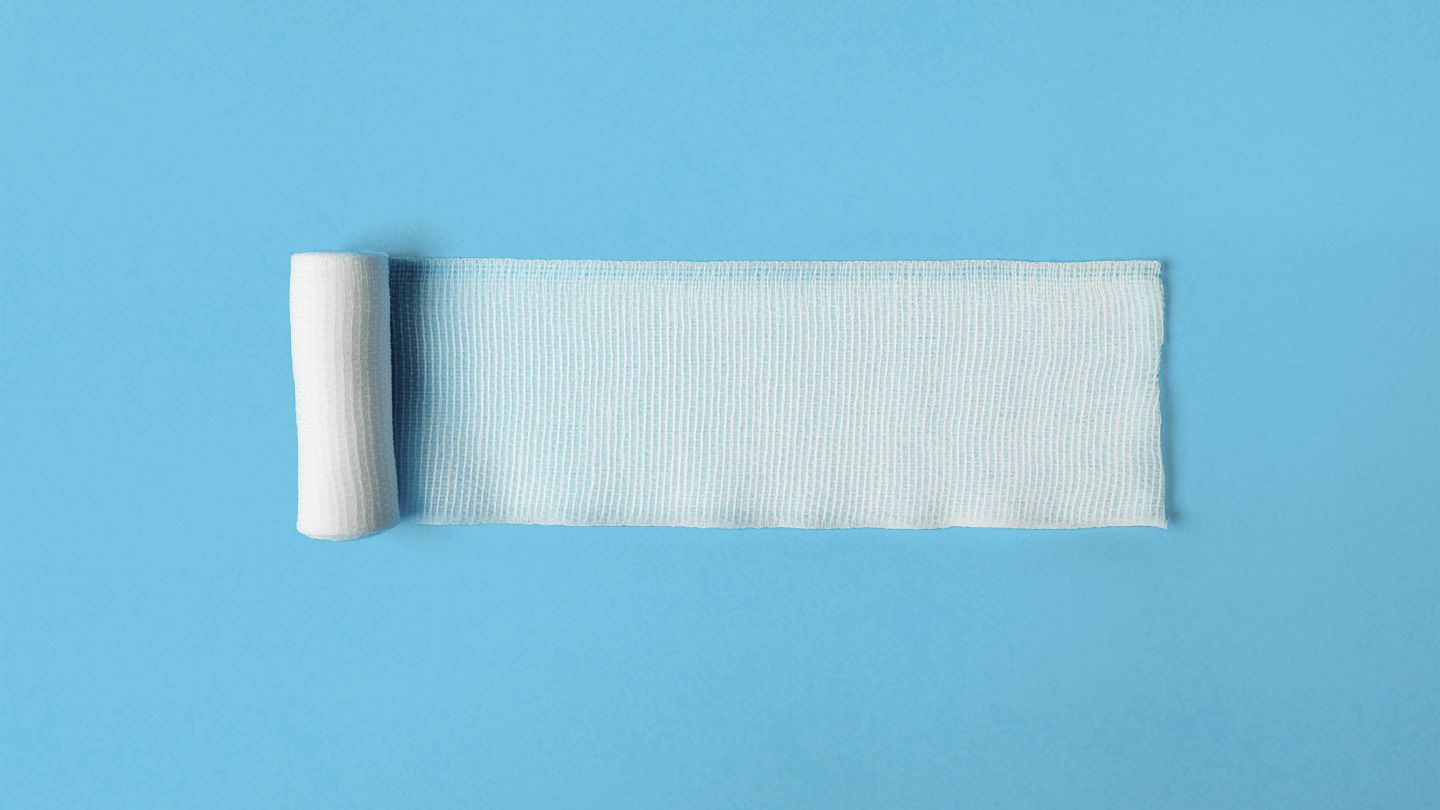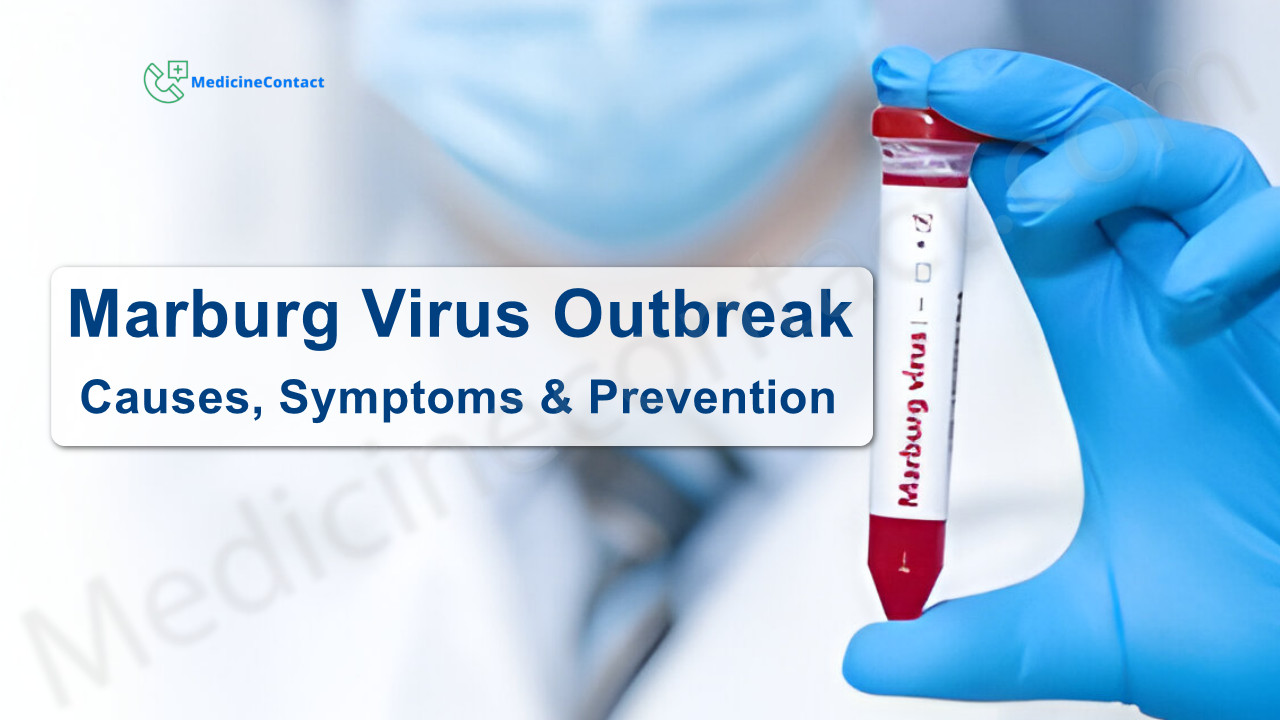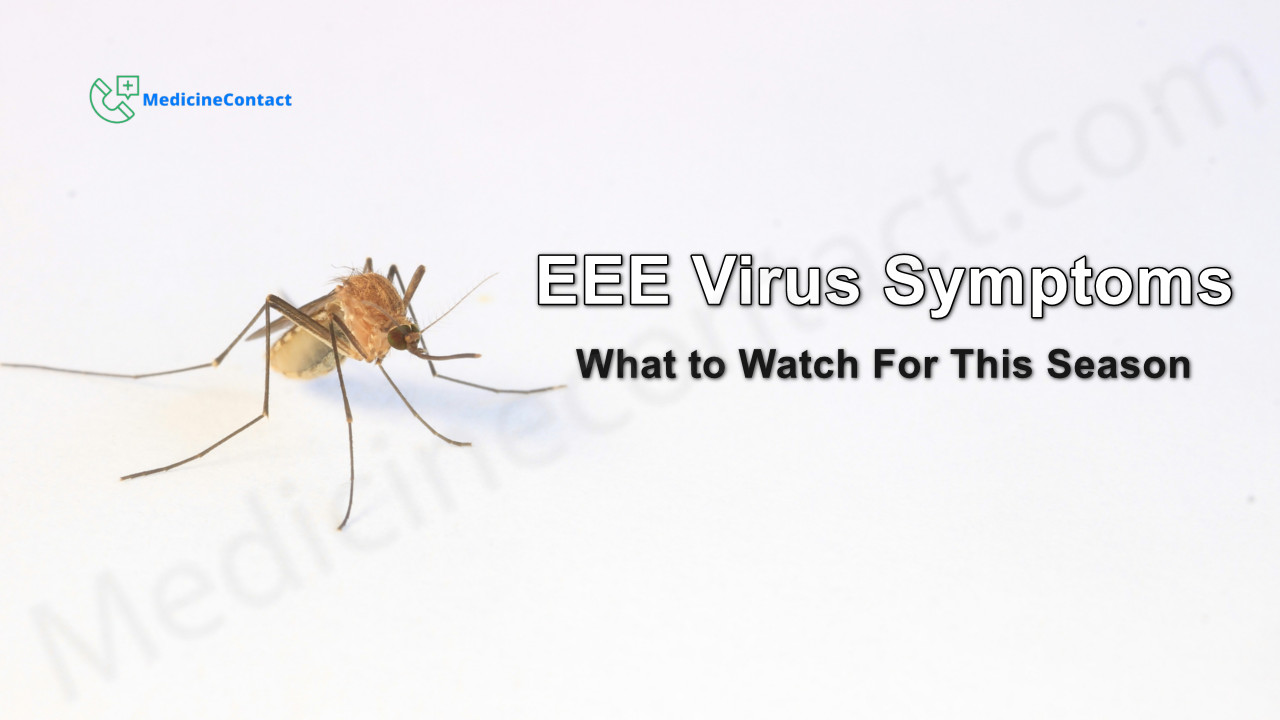
Assessing the Situation and Calling for Help
The first step in treating a gunshot wound to the hand is to assess the situation and call for emergency medical assistance. Remain calm and dial 911 or the local emergency number, providing accurate information about the location, the nature of the injury, and the number of people injured. Inform the dispatcher that you have a gunshot wound to the hand and request immediate medical assistance.
If the situation is safe, proceed with providing first aid while waiting for emergency services to arrive. However, if the scene remains active or dangerous, prioritize your safety and wait for law enforcement to secure the area before attempting to provide medical care.
Stopping the Bleeding
Uncontrolled bleeding is one of the primary concerns when dealing with a gunshot wound to the hand. Apply direct pressure to the wound using a clean cloth, bandage, or any available material. Use both hands to apply firm, continuous pressure directly on the wound. If the material becomes saturated with blood, do not remove it. Instead, pack additional dressing or cloth on top of the existing one, and continue applying pressure.
If the bleeding persists, consider using a tourniquet as a last resort. A tourniquet is a temporary constriction device that can be used to stop severe bleeding when direct pressure is ineffective. Place the tourniquet above the wound, between the injury and the heart, ensuring that it is not placed across a joint. Tighten the tourniquet until the bleeding stops, and note the time of application to inform emergency medical personnel.
Protecting the Wound
Once the bleeding is under control, protect the wound by covering it with a sterile dressing or clean cloth. Avoid removing any objects or debris from the wound, as they may be tamponading (plugging) the wound and preventing further bleeding. Secure the dressing with a bandage or tape to keep it in place.
Immobilizing the Injured Hand
Immobilize the injured hand to minimize further damage and prevent the wound from reopening. Use a splint or another rigid material, such as a rolled-up magazine or piece of cardboard, to support the hand and wrist. Secure the splint with bandages, making sure not to wrap too tightly, as this could compromise circulation.
Monitoring Vital Signs and Providing Comfort
While waiting for emergency medical services, monitor the victim's breathing, pulse, and level of consciousness. Provide reassurance and comfort, and keep the individual as calm and still as possible to minimize blood loss and prevent shock.
If the victim shows signs of shock, such as pale, cool, and clammy skin, rapid breathing, or confusion, lay them down with their feet elevated. Cover them with a blanket or jacket to maintain body temperature.
Seeking Professional Medical Attention
Once emergency medical services arrive, provide them with accurate information about the injury, the time it occurred, and any first aid measures taken. Follow their instructions carefully and allow them to take over the medical care.
Remember that a gunshot wound to the hand can result in severe damage to bones, tendons, and nerves, requiring prompt and specialized medical treatment. It's essential to seek professional medical attention as soon as possible to receive appropriate care and minimize long-term complications.
Aftercare and Recovery
The recovery process following a gunshot wound to the hand can be lengthy and may involve multiple surgeries, physical therapy, and ongoing medical treatment. It's essential to follow the advice and instructions provided by medical professionals to ensure proper healing and regain maximum function in the hand.
Wound Care
Proper wound care is crucial during the recovery process. Keep the injured area clean and dry, and follow the dressing change instructions provided by healthcare professionals. Attend all follow-up appointments and report any signs of infection, such as increased pain, redness, swelling, or fever, to your healthcare provider immediately.
Physical Therapy and Rehabilitation
Physical therapy and rehabilitation play a vital role in regaining mobility, strength, and function in the injured hand. Participate in prescribed exercises and therapies to improve range of motion, strengthen muscles, and reduce scar tissue formation. Follow the guidance of your physical therapist and occupational therapist to maximize the recovery process.
Emotional and Psychological Support
Gunshot wounds can be traumatic experiences, and it's essential to address the emotional and psychological impact. Seek counseling or support groups to help process the trauma, manage stress, and cope with the challenges of recovery. Surround yourself with a supportive network of friends, family, and healthcare professionals to aid in your overall well-being.
In conclusion, treating a gunshot wound to the hand requires prompt action, knowledge of basic first aid principles, and seeking professional medical attention as soon as possible. By following these guidelines and seeking appropriate care, individuals can increase their chances of survival and improve the long-term outcomes of their recovery.
Disclaimer: This article is for informational purposes only and does not constitute medical advice. Always consult with a healthcare professional before starting any new treatment regimen.




